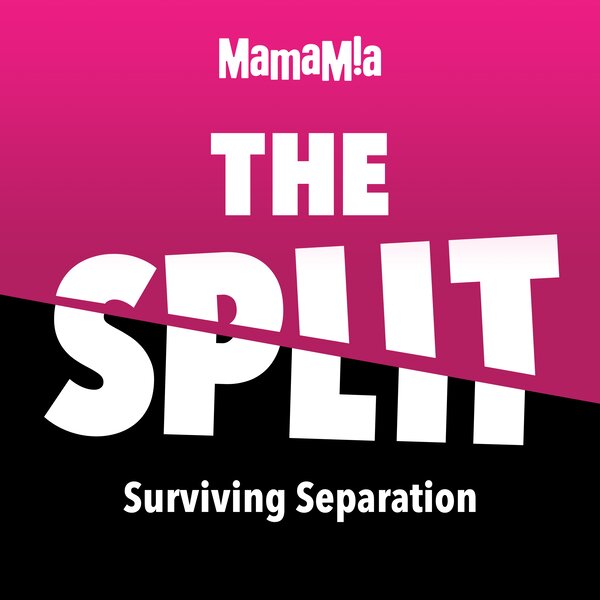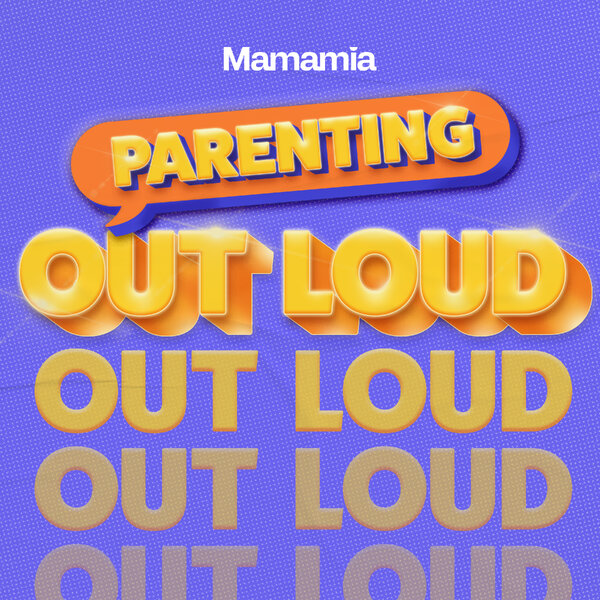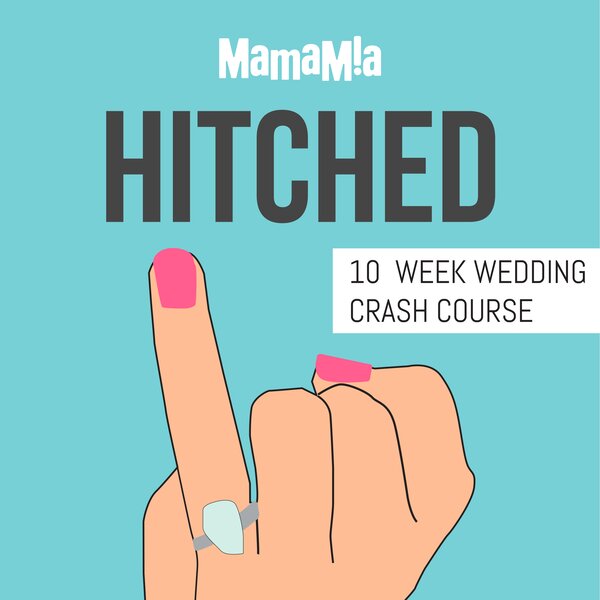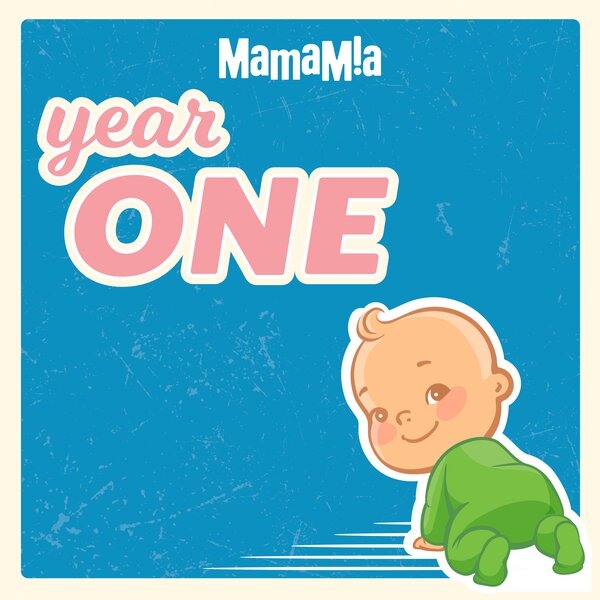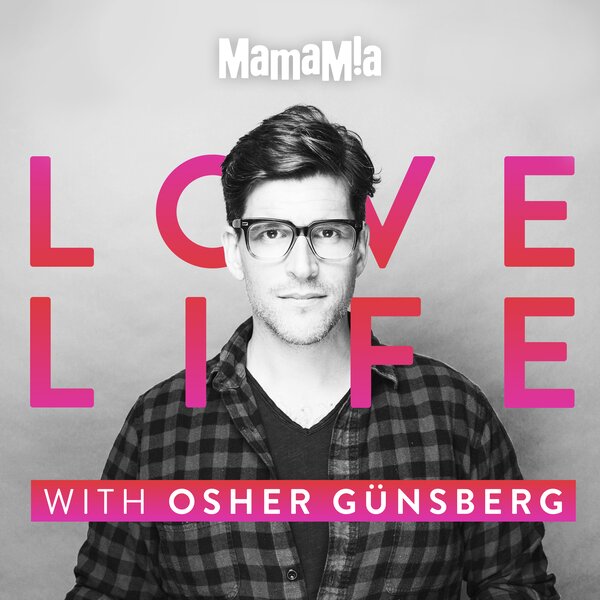TRIGGER WARNING: This article deals with an account of rape/sexual assault and may be triggering for survivors of abuse.
By MAMAMIA TEAM
In a Sydney courtroom, a 19-year-old woman crumples in anguish. Outside, a man leaves the Supreme Court in Sydney. He is wearing a crisp, dark grey pinstriped suit. His hair is cut short. He looks like every other businessman on the street. He raises a hand to shield his face from the photographers who are waiting for him.
This 55-year-old Australian man has been found guilty of raping his own daughter. He has been convicted of raping his daughter over a period of five years, starting from when she was only nine-years-old.
The 19-year-old woman inside the courtroom is that nine-year-old girl; all grown up now. She suffers from serious mental and medical problems. She has tried to take her own life and has recently been re-admitted to hospital, as she continues her battle against severe depression.
And yet the man who did this to her has not received a prison sentence.
Instead, he was sent to spend time at Cedar Cottage: a treatment centre in Sydney for people who are guilty of incest. During hisntime in the programthe program, this man admitted to yet more cases of sexual assault against his daughter. After confessing to these additional crimes, he was placed on a three-year good bahaviour bond.
And the public is asking: How is that even possible?
To outsiders, courts are confusing, scary and hard to understand. Because we hear mostly of cases where it appears on the surface that justice has not been done, we often forget that most of the time people receive the punishment they deserve. But this is one case where someone with a thorough understanding of the system, who knows that it generally results in fair outcomes, also thinks that the court has not achieved justice.




